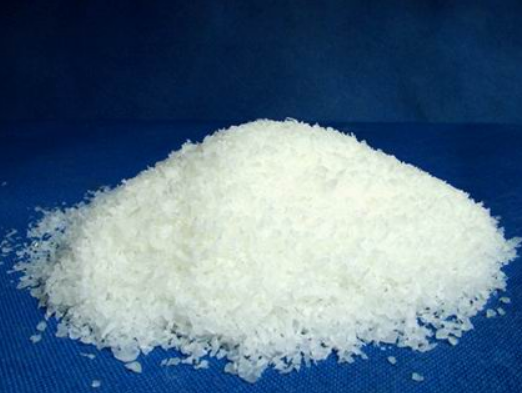Can water-soluble degradable packaging bags be called environmental protection bags?
The raw materials of water-soluble degradation bags are mainly polyvinyl alcohol (PVA) and starch blends. Both of these raw materials are polymer materials. If they are piled up together, they will indeed turn into rubbish and cause white pollution. Is that actually the case?
In life, people come into contact with starch more frequently, and everyone is no stranger to the cognition of starch. Everyone knows that starch can be biodegraded. What about polyvinyl alcohol (hereinafter referred to as PVA)?

Polyvinyl alcohol is a polymer material, mainly composed of carbon, hydrogen, and oxygen. This polymer material contains a large number of hydrophilic hydroxyl groups, so it is easy to use in water, glycerin, ethylene glycol, etc. It is relatively stable for non-polar volumes. For example, PVA degradable packaging bags are prone to hydrolysis in water. After hydrolysis, the polymer is prone to enzymatic reactions and is easily adhered to by microorganisms. After the microorganisms adhere to the surface of the PVA degradation plastic bag, under the action of enzymes, the polymer chains are broken into low-molecular-weight fragments through reactions such as hydrolysis and oxidation, and then the micro-organisms absorb or consume the low-molecular-weight fragments, and finally form carbon dioxide and carbon dioxide. Water and biological energy.
It can be seen that the water-soluble degradable packaging bag is an environmentally friendly packaging bag, because its products will not pollute the natural environment.






